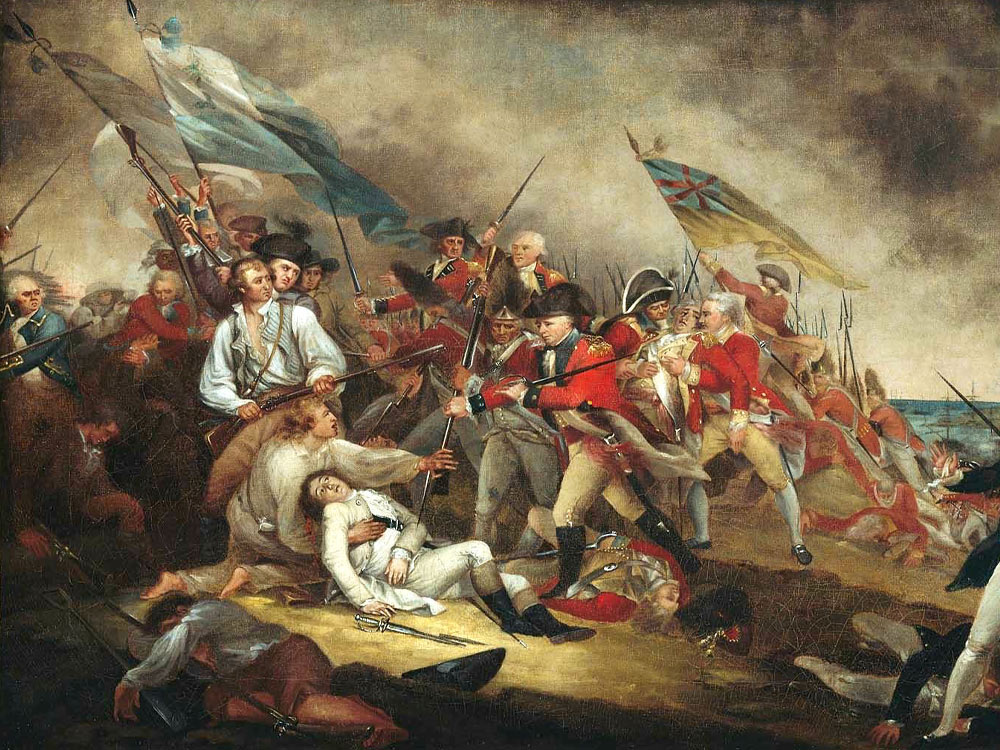The Newburyport Marine Society was established in 1772, and members were directly and deeply involved in the war effort. The History of the Marine Society notes the following:
“During the Revolutionary War, privateering was very extensively engaged in by merchants of Newburyport, and the most brave and daring deeds were performed, striking terror to the hearts of the British seamen, by men whose names are recorded upon the roll of the Marine Society, they acting under the act of the Provincial Legislature, ‘an act for encouraging the fitting out of armed vessels to defend the sea coast of America, passed November, 1775.”
Among the list we find:
- Capt. William Russell of the General Ward
- Capt. John O’Brien of the Hibernia
- Capt. William Knapp of the Palos
- Capt. Eleazer Johnson of the Dalton
- Capt. Moses Brown of the General Arnold
- Capt. Andrew Giddings of the Civil Usage
- Capt. W. P. Johnson of the Independence
- Capt. Peter Roberts of the Ranger
- Capt. Joseph Rowe of the Washington
- Capt. Israel Young of the ship Russell
- Capt. Israel Young of the brig Beaver
- Capt. John Wiley of the brig Betsey
- Capt. Enoch Knapp of the brig Dolphin
- Capt. Jonathan Dalton of the brig Margaret
- Capt. John Holland of the brig Stork
- Capt. Thomas Adams of the schooner Fox
- Capt. Thomas M. Follansbee of the schooner Flora
- Capt. Daniel Farley of the schooner Hope
- Capt. William Noyes of the schooner Sally
- Capt. Moses Brown of the schooner Hannah
- Capt. Moses Brown of the schooner Dolphin
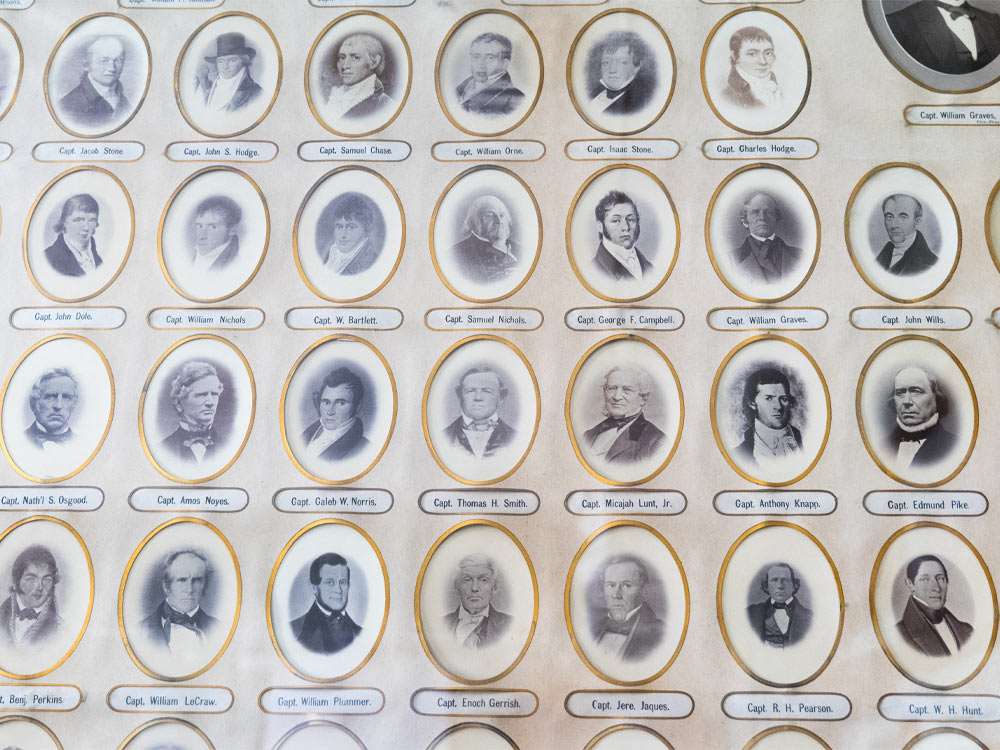
The following members of the Marine Society were captured in the brig Dalton, in June 1777, commanded by Capt. Eleazer Johnson, viz: Anthony Knapp, John Buntin, Offin Boardman and Henry Lunt. The first privateer fitted out within the limits of the original thirteen colonies, sailed from Newburyport, in August 1775, and was owned by Nathaniel Tracy. Monday, Jan. 15, 1776, the ship Friends, of London, commanded by Capt. Archible Bowie, was captured just outside Newburyport bar, and brought into the harbor by a crew of seventeen men, in three whale boats, under the charge of Capt. Offin Boardman.”
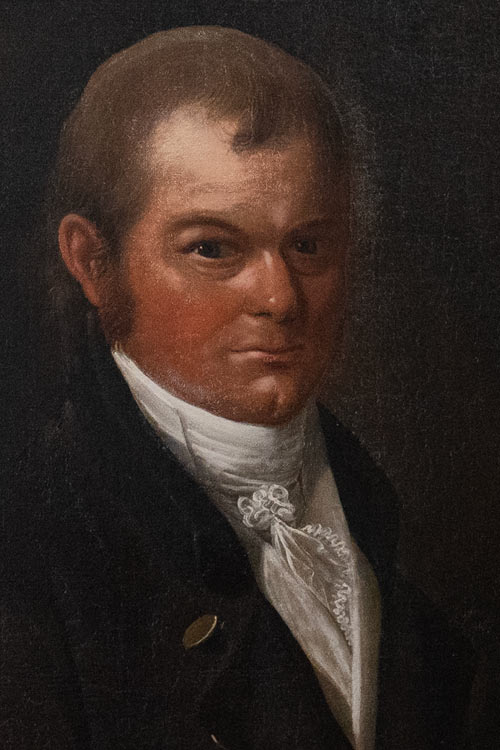
Moses Brown
From his home on Ring’s Island, Brown’s father Edward sent him across the river at 15, as an apprentice to Capt. William Coffin, and young Moses began his long career at sea. In 1761, as a crewmember of the British transport schooner Phebe, 19-year-old Brown was wounded in battle with two French privateers and was hospitalized in Guadeloupe for two months. Continuing in the merchant trade throughout the 1760s and early 1770s, Brown returned home after a 2-year merchant voyage in late 1776 and in his own words “found the country all in arms.” In early 1777, Brown took command of the brig Hannah, with a cargo of lumber and fish for the West Indies. Brown was barely out of port when he was captured by the HMS Diamond and sent to a prison ship in Rhode Island. He returned home in July. From 1778 onwards, Brown commanded privateer vessels, starting with the 250-ton, 18-gun Tracy-owned General Arnold. He had three successful ‘cruises’ before being captured by the 50-gun HMS Experiment in June 1779. Confined to a prison ship in Savannah, Brown was ransomed and returned to town in November “without money or goods, only one poor heart and that almost broken with hardship.” From 1780 until the end of the war, Brown commanded several more privateers: the brig Mercury, and the ships Minerva and Intrepid. Brown’s naval career continued in later life. He was commissioned as a US Navy captain in 1798, commanding the subscription ship Merrimac during the Quasi-war with France. On Jan. 1, 1804, returning from Guadeloupe, Brown was seized with apoplexy and died near Long Island (Boston), where he was buried at sea.
Eleazer Johnson
A prominent member of a family of shipbuilders, Eleazer learned his trade from his father William and uncle Thomas, at the family shipyard between the ends of Federal and Ship Streets. The now debunked story of his alleged tea burning exploits, Johnson and his sons were known to be associated with both the local and Boston chapters of the Sons of Liberty. Four of Eleazer’s five sons would distinguish themselves during the Revolutionary War:
Philip volunteered to march to Lexington and Concord on April 19 and was severely wounded at Bunker Hill on June 17, 1775. William P. captained the brig American Hero, bringing guns and ammunition to Boston from the French West Indies in 1776. Eleazer, Jr. captained the privateer Dalton and was later imprisoned. Nicholas captained the 1781 privateer ship Count de Grasse, which was also the first ship to fly the new American flag in London, after the war.
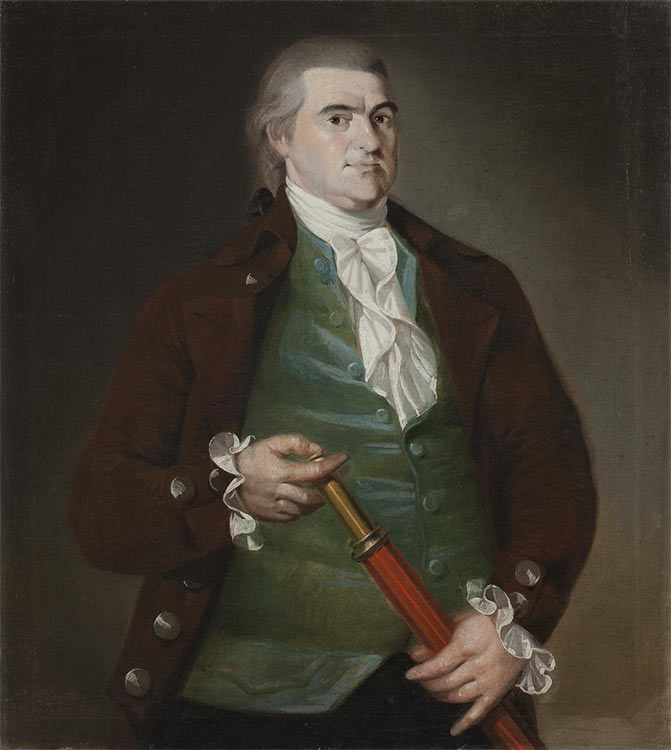
Offin Boardman
Born in “Waterside”, the name given to that part of Newbury along the Merrimack, when war broke out in 1775, Boardman petitioned the Massachusetts Committee for Safety for a letter of marque, which allowed him to capture British vessels on behalf of the Continental Congress. He received his letter of marque on December 9, and two days later he outfitted the schooner Washington, setting sail at the end of the year.
Boardman captured his first Loyalist brig – Sukey – on January 15, 1776 [NMS source says January 20], without firing a shot. The vessel was loaded with supplies of beef, butter, tongues, pork, oats, lard, tripe, peas, potatoes and wine, but also two British officers, and was escorted into Newburyport. Later, Boardman captured his second vessel of the day, as detailed in the History of the Marine Society of Newburyport:
“On Jan. 20, 1776, Capt. Boardman, seeing a vessel off Newbury bar who evidently was in need of a pilot, took sixteen men in a whale boat and went to her assistance. He found her to be the British ship Friends, bound from London to Boston with a valuable cargo of provisions for the British army. He immediately went on board as a pilot, and while in conversation with the commander of the ship, his boat’s crew went on board and ranged themselves together, when Capt. Boardman informed the British commander that the ship was his prize and ordered him to surrender, which the commander decided to do. The English colors were hauled down and she was taken into the wharf and her valuable cargo, within six hours of starting the venture and not a man injured.”
Friends contained additional food supplies and was also found to have a hidden compartment in her hold containing secret papers from the Crown to British officers in Boston. Sukey and Friends were the first two Revolutionary War prizes brought into Newburyport.
As a member of the crew of the privateer Dalton, Boardman was captured and confined to Mill Prison from June 1777 until January 1779, when he successfully escaped to France. Captured a second time in 1780 while in command of the privateer Betsey, Boardman again escaped a British jail and continued participating in privateer activities through the end of the war.
Captain James Hudson
Served on the local Committee of Safety appointed by the town to execute the resolve of Congress, respecting the militia in 1774. A founder of the Independent Marine Company, composed of 76 members.
Captain William Nichols, Sr.
Served during the Revolutionary war in 1776, both on land and sea. Commanded the ship Monmouth in the Penobscot expedition in 1779, which ship was burnt with the fleet in that river by orders of the commodore to prevent their falling into the hands of the enemy, and he with his crew were forced to travel on foot through, what was then an unbroken wilderness, to his home.
Captain William Knapp
Commanded the armed brig Pallas during the Revolutionary war, and in Nov. 1779 he captured a large British ship bound from Newfoundland to Lisbon.
Captain Abraham Toppan
Served in the Revolutionary war with his uncle, Col. Moses Little, at Bunker Hill, and was master of the ship Ruby, dying on board of yellow fever and buried at sea in 1782.
Captain Michael Titcomb
Entered the service of his country at the start of the Revolution, and was selected as one of General Washington’s bodyguards, in which service he had several narrow escapes.

Washington Crossing the Delaware, Emanuel Leutze, 1851, The Metropolitan Museum of Art, New York
Captain Abraham Wheelwright and Crossing the Delaware
Abraham Wheelwright, Soldier
Abraham Wheelwright was 19 when he joined the Continental Army in January 1776, at Winter Hill in Boston. As a soldier, he was involved in the following important actions: Siege of Boston, Fortification of Dorchester Heights, Evacuation of British from Boston, and the New York/New Jersey campaign (Battles of Brooklyn, Harlem Heights, White Plains, and Fort Washington)
Wheelwright was with George Washington on Dec. 26, 1776, when he famously crossed the Delaware River and captured a regiment of 1100 Hessian mercenaries, and a week later, on January 3, 1777, at the Battle of Princeton, which led to subsequent loss of control of most of New Jersey by British forces.
Abraham Wheelwright, Sailor
Discharged from the army in Feb. 1777, Wheelwright then turned his attention to privateering. From 1779 through the end of the war in 1783, he served in various capacities aboard several privateer vessels. He was captured and escaped several times before finally settling in Newburyport for the remainder of his long life. Captain Wheelwright joined the Marine Society in 1793, and died in 1850 at the age of 93.
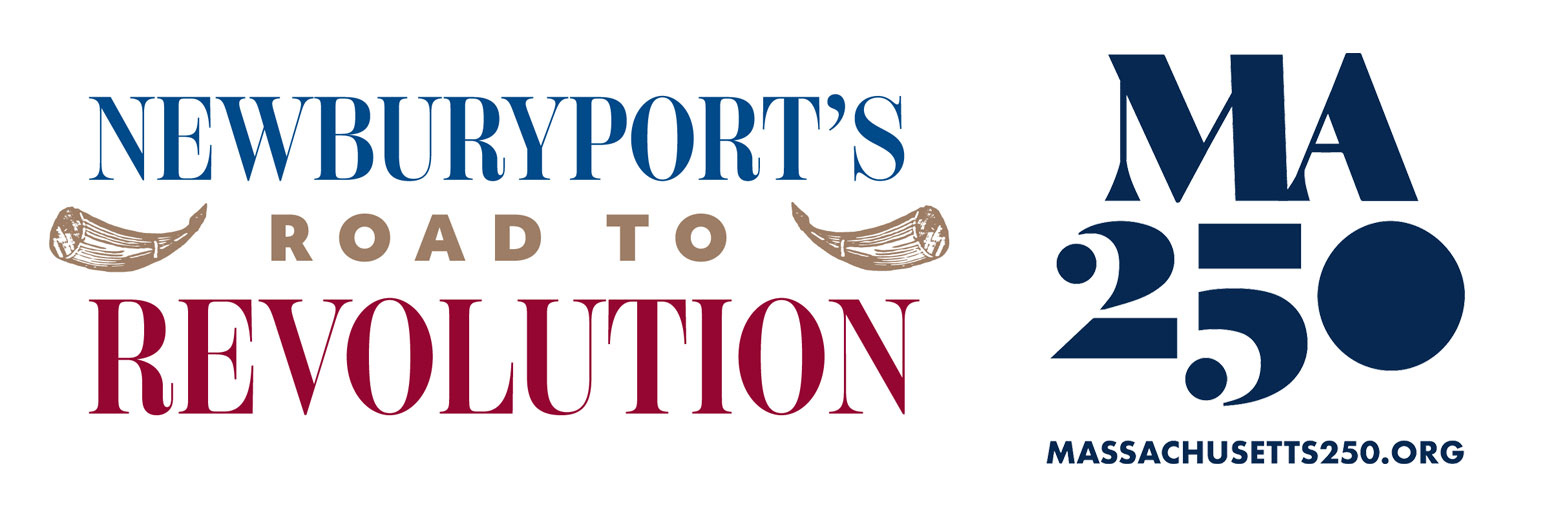
Special Thanks to:


Plan Your Visit
Plan Your Visit
- Museum Hours
Sunday: 12 pm - 5 pm
Closed Monday
- Tickets
Free for NBPT residents, kids under 12, and museum members
Cost of admission includes access to the Discovery Center.
- Parking
City parking is available adjacent to the museum. View parking lot directions.

